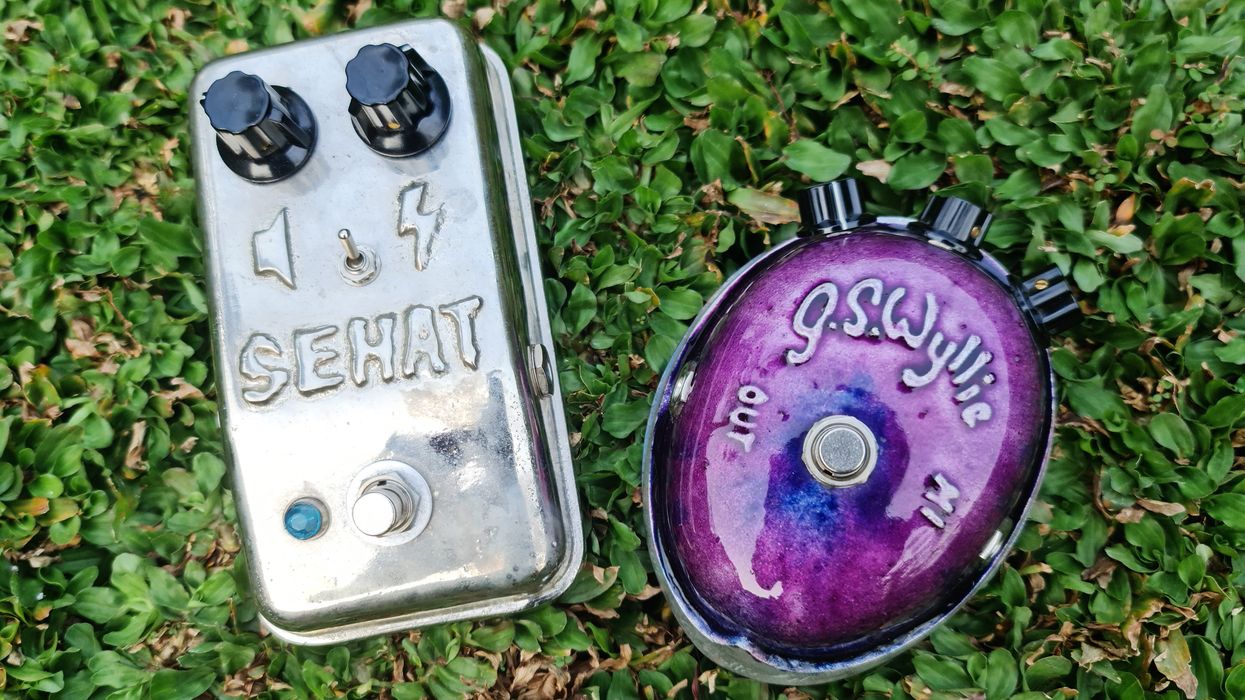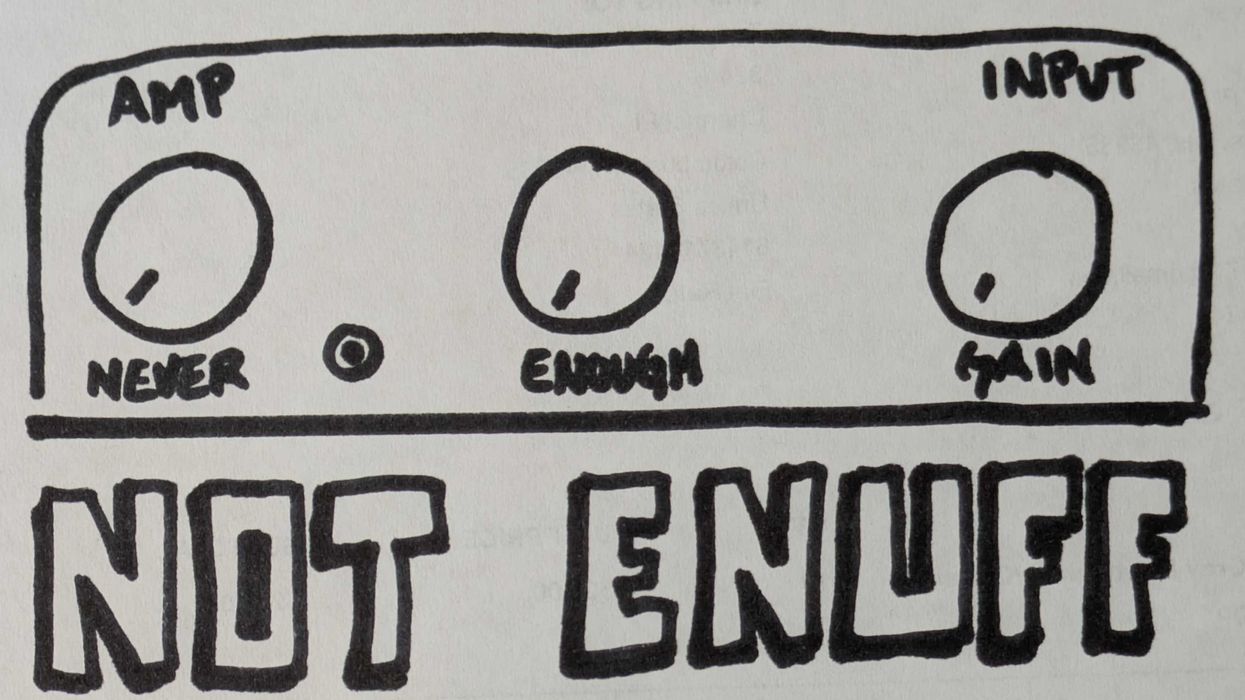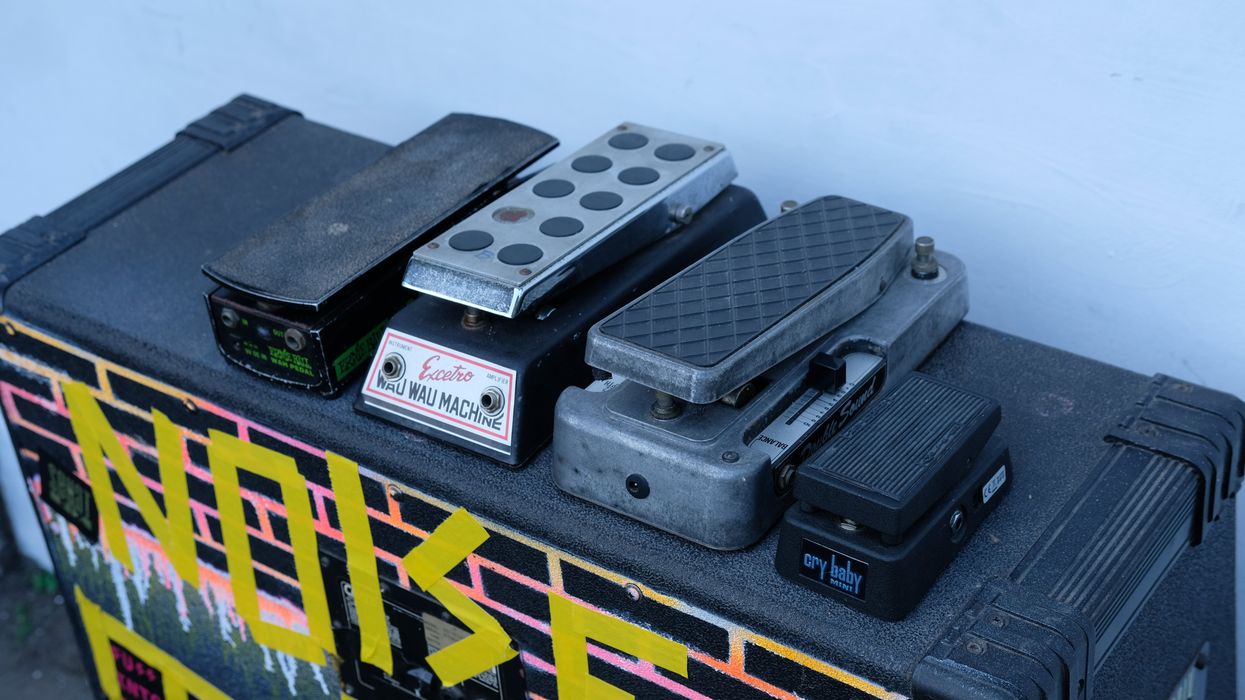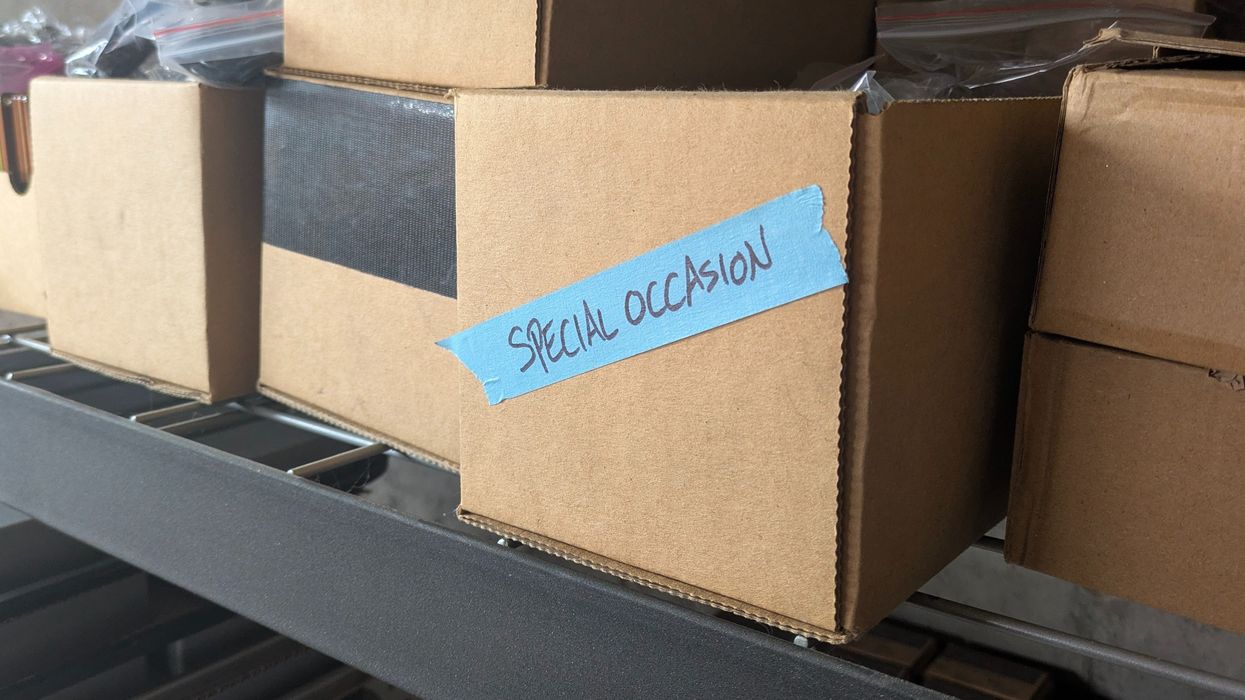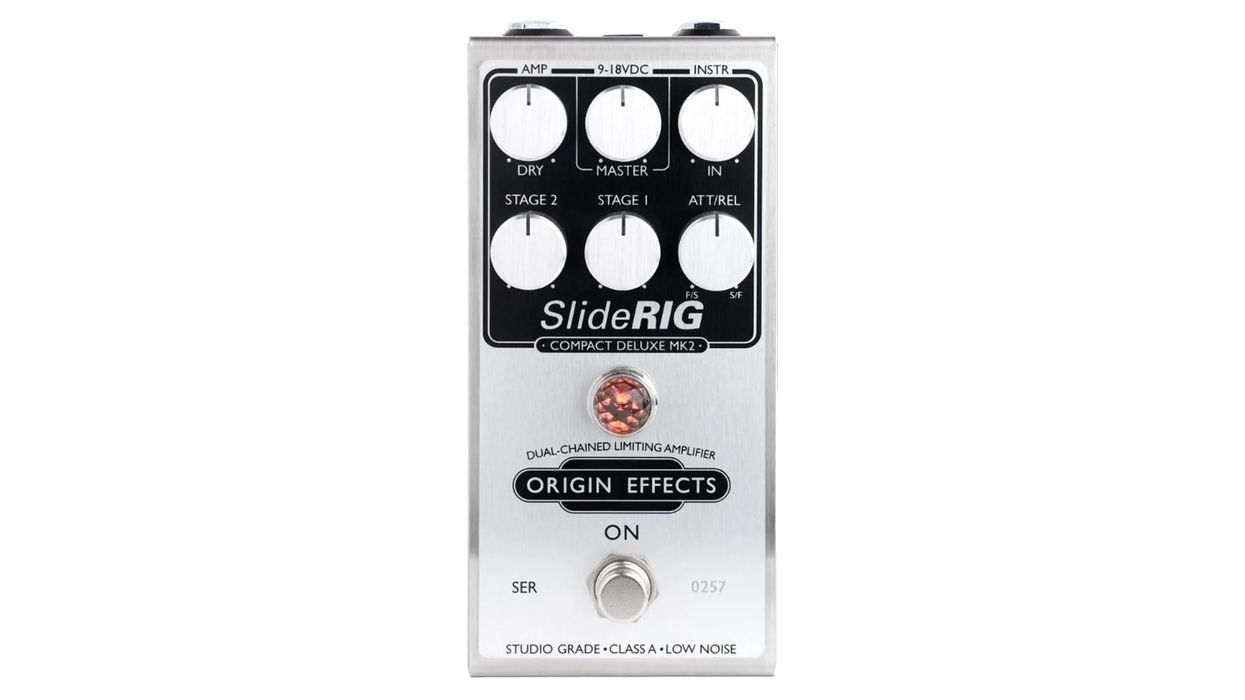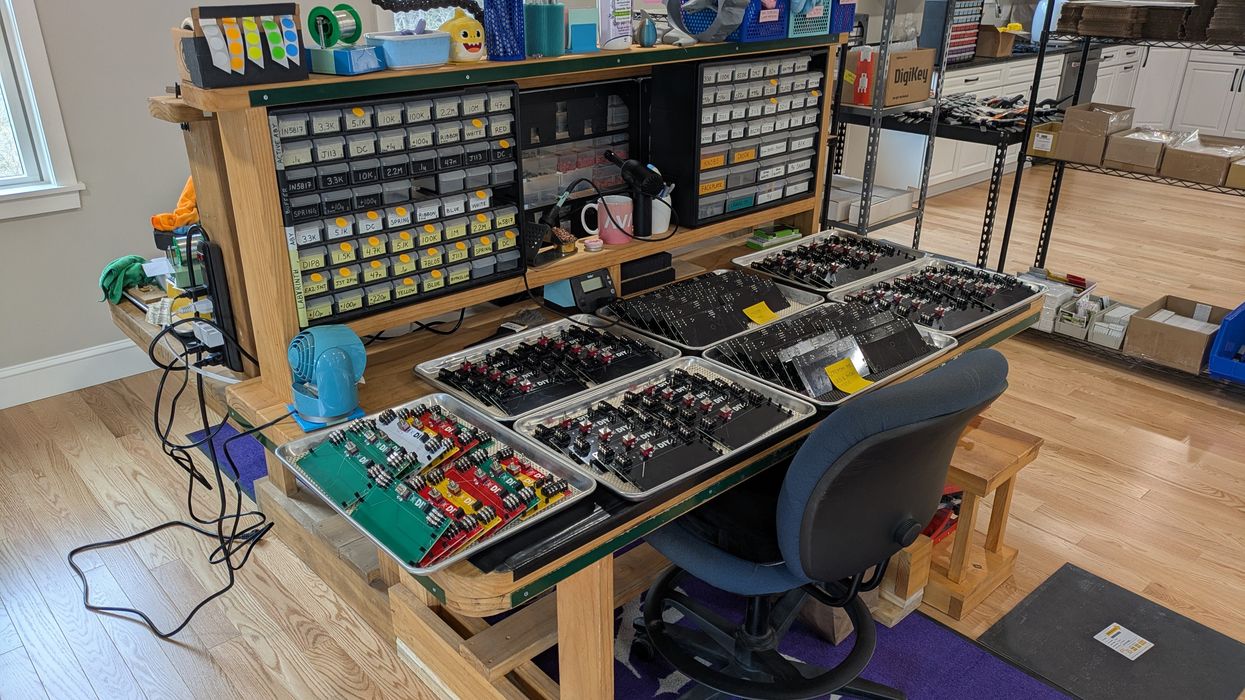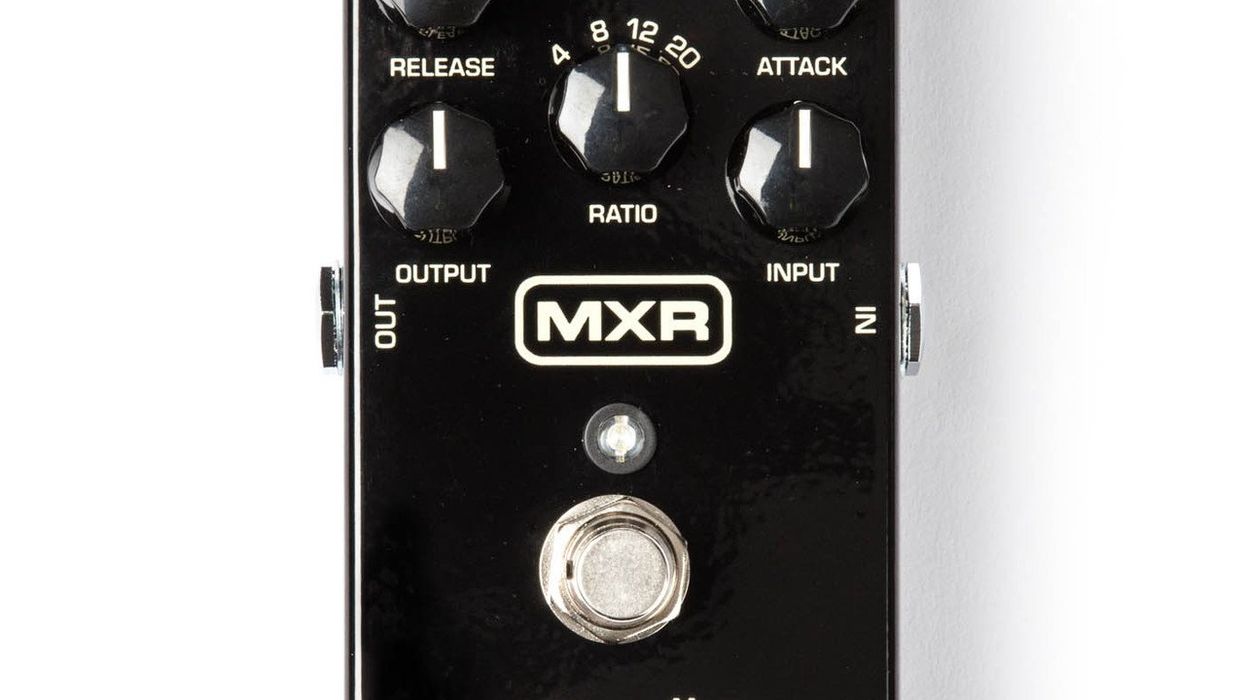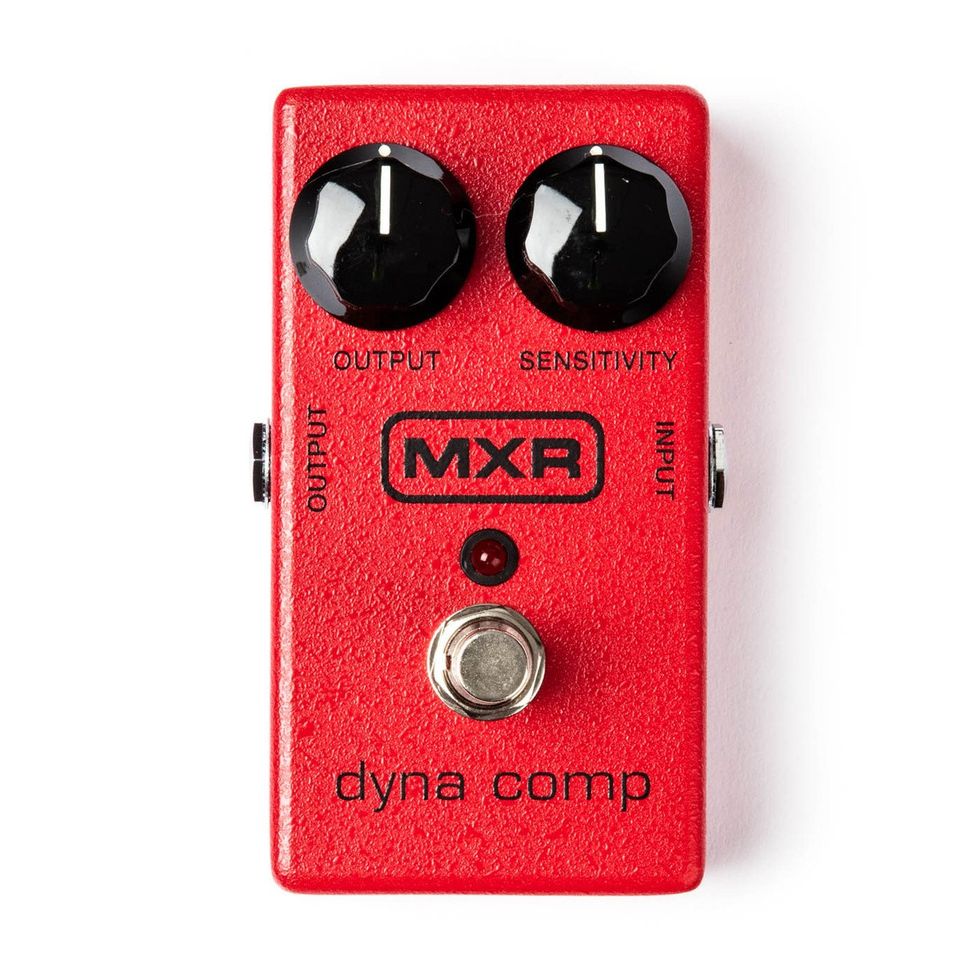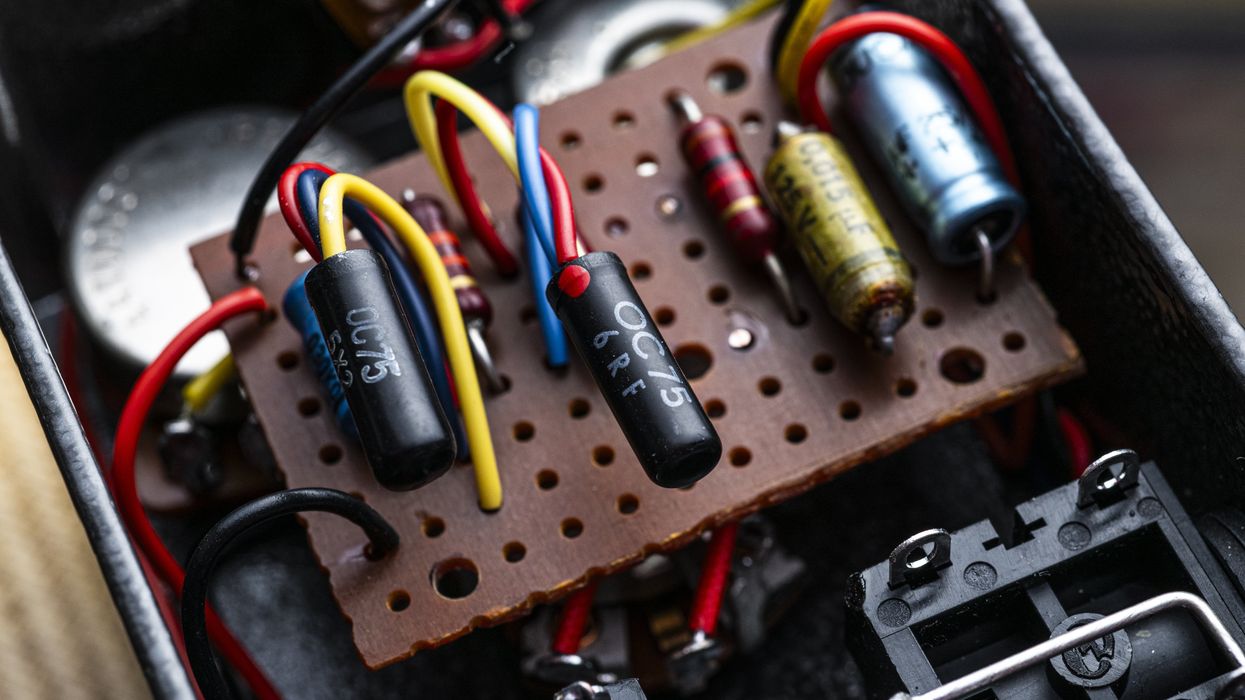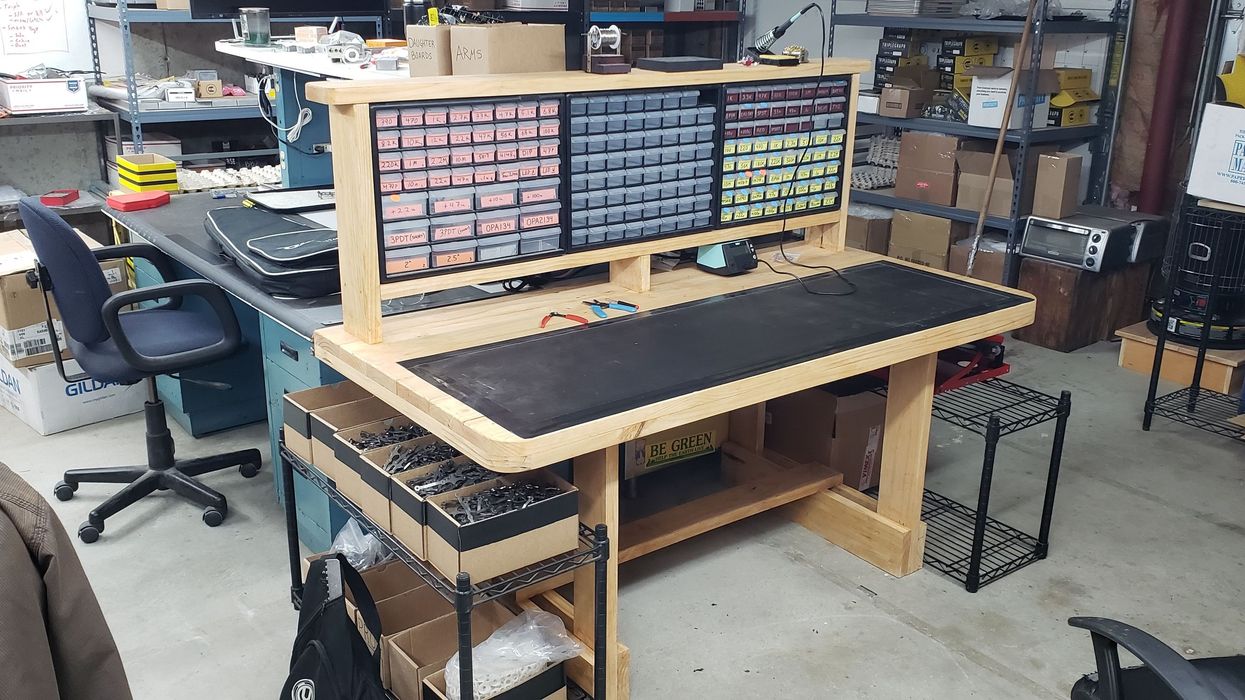I’ll never forget this comment on my Instagram video of me making a sand-casting aluminum enclosure on one of my pedals: “Dude are you serious? Holding melted aluminum more than 1000 degrees Fahrenheit and only wear short pants and flip flop? if it blown you die.” Well, at Sehat Effectors, we make our own enclosures, but there’s another builder who makes sand-casting enclosures, G.S. Wyllie, who inspires me. The first time I saw Wyllie’s Moonrock Fuzz pedal online, I said to myself, “I have to make pedals as cool as that.” For years, I’d always thought about interesting and distinctive enclosure designs to create on my own, but always ended up with the question, “How?” One day, out of the blue, the universe answered me, guiding me to the right person. I was introduced to Mr. Yanto, a skilled traditional blacksmith in my hometown of Yogyakarta.
Mr. Yanto and I had been friends for a few years after having met at a flea market where I was, and still am, a customer of his. (Now, he’s one of my suppliers for my Telepunk Fuzz pedal enclosure.) At his shop, he makes and sells aluminum signs for coffee shops and restaurants. At one point, he told me he was making them at his workshop. Instantly, I thought to myself, “Eureka!” I showed him a picture of my Fuzz Face pedal and asked, “Can you make something like this?” He replied, “Kecil!” (“Kecil” means “small” in Indonesian but is often used to say something is easy to do, like the expression “piece of cake” in American English.)
The next day, I visited Mr. Yanto’s workshop, and I was completely astonished and speechless. The building had red brick walls and a bamboo roof. There were several giant furnaces, which made the room extremely hot. I couldn’t believe how someone could live there—it felt like a funhouse tour in Hell. That said … I think being a blacksmith is one of the coolest jobs in our solar system, and throughout the history of human civilization.
“I think being a blacksmith is one of the coolest jobs in our solar system, and throughout the history of human civilization.”
I asked Mr. Yanto to show me the process of making an object using the sand-casting method. Unfortunately, I discovered that I had barely approached the beginning of the process, and that creating my dream enclosure was not as easy as pouring molten metal into a sand hole. To create a custom shape, a base pattern or master form is needed—which is then placed in a wooden frame filled with sand—to achieve the desired pattern. After compacting the sand, holes are made for the molten aluminum that will be cast. But, at that time, I only had imaginary designs in my head. In the end, my first visit to Mr. Yanto’s workshop was nothing more than a tourist experience.
However, I didn’t want the designs in my head to remain imaginary forever. So, on my next visit, I prepared various objects that had the potential to be modified into stompbox enclosures. I collected these items from flea markets: They ranged from various sewing machine pedals to video game consoles to podium microphones to aquarium water pumps. Fortunately, Mr. Yanto was willing to assist me in modifying these objects to be repurposed as stompbox enclosures, and even taught me how to add ornaments as part of the enclosure artwork. Yet most of the modified objects turned out to be unreliable for use in this context. Maybe my enthusiasm was too overwhelming, but ultimately, all this effort was not just about wanting to look cool. I simply wanted to condense my own thoughts and pour them into various creations in the real world.
Moreover, as a pedal builder who’s fortunate enough to live in the era of globalization and free markets, I wanted to involve people close to me who are local workers. I wanted to invite them to cross the Indian and Pacific Oceans, to every corner of this planet, with our own work and sweat. Well, to conclude this article, one of our customers said: “I don’t play guitar. I’m a music producer, but I bought this because I respect you risking your life to make this pedal, and the story behind it—it’s a piece of art.” And that’s why I want to keep converting my thoughts into real things in this real world.


